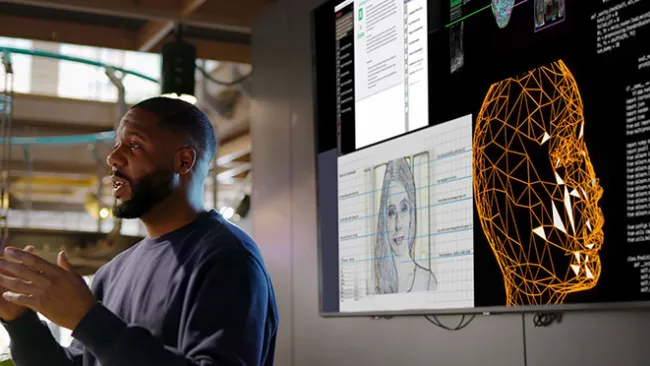Let’s face it: Performance management typically doesn’t elicit cheers from employees. But what if it did? Letting employees know where they’re falling short is one thing, but giving employees the tools to boost their performance is another. Here’s where gamification can help. We’ll outline six best practices for gamifying performance management that employees will want to cheer about.
Winning at gamification
More and more companies are using elements of game-playing—point scoring, friendly competition, rules of play, etc.—to engage and motivate employees to achieve performance goals. In fact, the global gamification market is projected to reach $40 billion by 2024, up from $6.8 billion in 2018, according to market researcher Reportlinker. Driving that growth is an increasing demand for customer experience enrichment and improved engagement of employees, the research firm adds.
Indeed, we’ve helped clients see for themselves the ways that gamified performance management can motivate employees to accomplish more and perform at higher levels. We’ve also seen what doesn’t work. Here are 6 insights that other companies can learn from:
1. Plan ahead. Before you hit go on a gamification initiative, keep in mind that gamification is about more than introducing fun elements to a business practice. Set your strategy up for success by aligning the rules, points system, and rewards of the game with your objectives and the needs of the organization. What are the desired behaviors and outcomes that you’re looking to achieve?
2. Know your audience. It goes without saying that the more people enjoy doing something, the more often they’ll do it. For example, we designed a fantasy football program for a client where sales executives competed against each other in teams. Most sales executives are naturally competitive and the feedback we received was that the execs enjoyed competing and checking which team was on top each week, which helped accelerate performance and camaraderie.
3. Make it visual. Gamification strategies are obviously data driven but piling on the graphs and spreadsheets will undermine the effectiveness. Aim for a visual narrative where employees can easily understand in real time where they are in meeting goals compared to their peers and their personal best.
4. Focus on the true goal. The goal should be to encourage the correct behavior and desired outcomes more so than fostering a rivalry between employees. Similarly, highlighting the progress that employees are making and their future potential is more effective than focusing on early performance and shortcomings.
6. Celebrate wins. Don’t forget to celebrate how far employees have come—not just those at the top of the leaderboard—and recognize everyone’s progress in reaching their goals. Especially for companies with remote employees, celebrating progress as a collective group helps increase engagement and job satisfaction.
When done right, gamified performance management makes it easy for employees to understand how they can improve, where they’re making progress, and rewards them for their efforts. It’s also not a one-and-done project. The rules and activities of the game should be regularly reviewed to ensure they’re aligned with the organization’s changing needs and priorities. As the saying goes, “it's not whether you win or lose, it's how you play the game,” that matters.

















